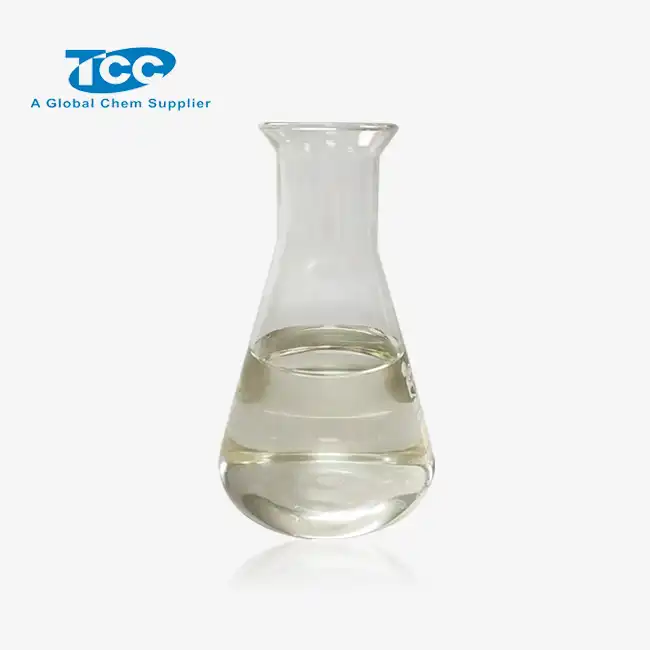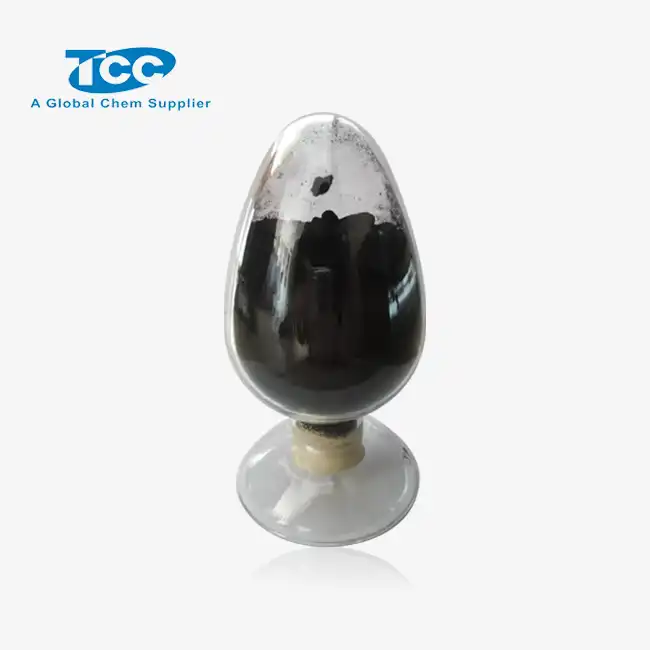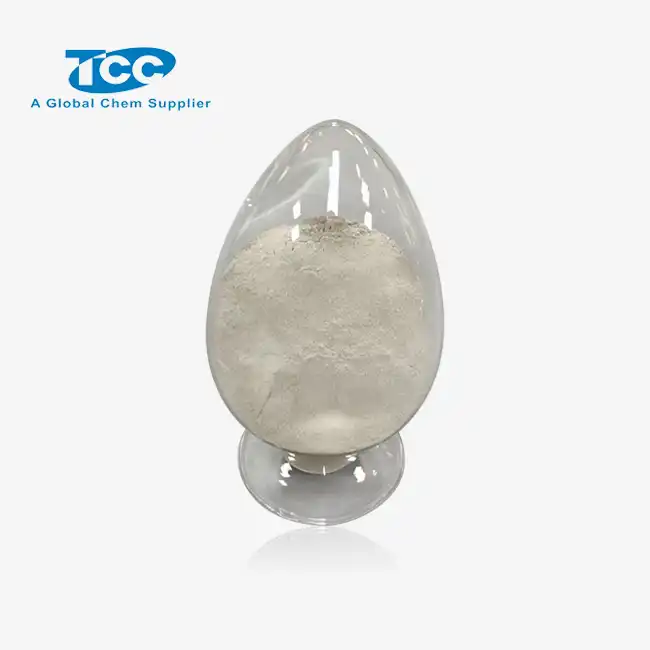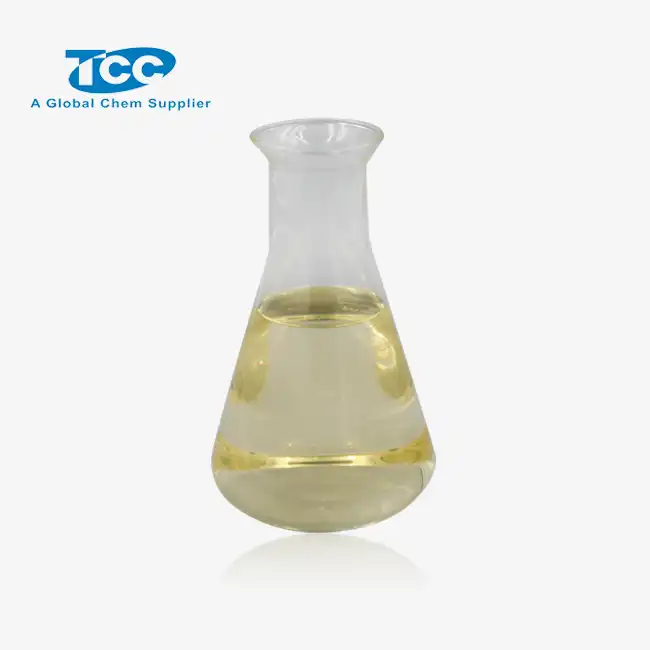- English
- French
- German
- Portuguese
- Spanish
- Russian
- Japanese
- Korean
- Arabic
- Greek
- German
- Turkish
- Italian
- Danish
- Romanian
- Indonesian
- Czech
- Afrikaans
- Swedish
- Polish
- Basque
- Catalan
- Esperanto
- Hindi
- Lao
- Albanian
- Amharic
- Armenian
- Azerbaijani
- Belarusian
- Bengali
- Bosnian
- Bulgarian
- Cebuano
- Chichewa
- Corsican
- Croatian
- Dutch
- Estonian
- Filipino
- Finnish
- Frisian
- Galician
- Georgian
- Gujarati
- Haitian
- Hausa
- Hawaiian
- Hebrew
- Hmong
- Hungarian
- Icelandic
- Igbo
- Javanese
- Kannada
- Kazakh
- Khmer
- Kurdish
- Kyrgyz
- Latin
- Latvian
- Lithuanian
- Luxembou..
- Macedonian
- Malagasy
- Malay
- Malayalam
- Maltese
- Maori
- Marathi
- Mongolian
- Burmese
- Nepali
- Norwegian
- Pashto
- Persian
- Punjabi
- Serbian
- Sesotho
- Sinhala
- Slovak
- Slovenian
- Somali
- Samoan
- Scots Gaelic
- Shona
- Sindhi
- Sundanese
- Swahili
- Tajik
- Tamil
- Telugu
- Thai
- Ukrainian
- Urdu
- Uzbek
- Vietnamese
- Welsh
- Xhosa
- Yiddish
- Yoruba
- Zulu
Does wollastonite powder replace asbestos safely?
In recent years, the search for safer alternatives to asbestos has led researchers and industry professionals to explore various materials, with wollastonite powder emerging as a promising candidate. Asbestos, once widely used for its fire-resistant and insulating properties, has been phased out due to its severe health risks. Wollastonite, a naturally occurring calcium silicate mineral, has garnered attention as a potential replacement for asbestos in various applications. This blog post delves into the question: Does wollastonite powder replace asbestos safely? We'll examine the properties of wollastonite, its applications, and its safety profile compared to asbestos. By exploring these aspects, we aim to provide a comprehensive understanding of wollastonite's potential as a safer alternative in industries where asbestos was once prevalent.
What are the key properties of wollastonite powder that make it a potential asbestos substitute?
Chemical composition and structure
Wollastonite powder, with its unique chemical composition and structure, possesses several properties that make it a potential substitute for asbestos. The mineral is composed of calcium silicate (CaSiO3) and typically forms needle-like or fibrous crystals. This acicular structure contributes to its reinforcing properties in various applications. Unlike asbestos, wollastonite fibers are generally shorter and less persistent in the environment. The chemical composition of wollastonite powder also lends itself to excellent thermal stability, low thermal conductivity, and high electrical resistance. These characteristics make it suitable for applications where heat resistance and insulation are required, similar to asbestos. Additionally, wollastonite powder's pH stability and chemical inertness contribute to its versatility in different industrial processes and products.

Mechanical and physical properties
Wollastonite powder exhibits mechanical and physical properties that make it an attractive alternative to asbestos in many applications. Its high aspect ratio (length-to-width ratio of the particles) contributes to improved mechanical strength when used as a reinforcing agent in composites. This property allows wollastonite powder to enhance the tensile strength, flexural strength, and impact resistance of materials it is incorporated into. The mineral also has a low coefficient of thermal expansion, which helps reduce warping and shrinkage in plastic and rubber compounds. Wollastonite powder's hardness (4.5-5 on the Mohs scale) and its ability to disperse easily in various matrices further contribute to its suitability as a filler and reinforcing agent. These properties, combined with its low oil absorption and high brightness, make wollastonite powder a versatile material that can replace asbestos in applications ranging from plastics and ceramics to paints and construction materials.
Environmental and health considerations
When considering wollastonite powder as a replacement for asbestos, environmental and health factors play a crucial role. Unlike asbestos, wollastonite is not classified as a carcinogen, and its fibers are generally too large to be respirable. This significantly reduces the risk of lung-related health issues associated with asbestos exposure. Wollastonite powder is also considered environmentally friendly, as it is a naturally occurring mineral that can be mined and processed with minimal environmental impact. Its inert nature means it does not release harmful chemicals into the environment during use or disposal. Furthermore, the production of wollastonite powder typically requires less energy compared to synthetic alternatives, contributing to a lower carbon footprint. These environmental and health benefits make wollastonite powder an attractive option for industries seeking to replace asbestos while maintaining their commitment to safety and sustainability.

How does wollastonite powder compare to asbestos in terms of performance and safety?
Thermal and fire-resistant properties
Wollastonite powder demonstrates impressive thermal and fire-resistant properties that make it a viable alternative to asbestos in many applications. The mineral has a high melting point of approximately 1540°C, allowing it to maintain its stability under extreme heat conditions. This characteristic is particularly valuable in fire-resistant materials and high-temperature insulation. Wollastonite powder's low thermal conductivity also contributes to its effectiveness as an insulating material. When incorporated into plastics, ceramics, or other composites, wollastonite powder can enhance the overall fire resistance of the material. It acts as a flame retardant by forming a protective barrier that slows down heat transfer and limits the spread of flames. Unlike asbestos, which poses significant health risks, wollastonite powder provides these fire-resistant properties without the associated dangers of respiratory diseases and cancer.
Reinforcement capabilities
Wollastonite powder exhibits excellent reinforcement capabilities, making it a suitable replacement for asbestos in various applications. The acicular (needle-like) structure of wollastonite particles contributes to its effectiveness as a reinforcing agent. When incorporated into materials such as plastics, rubber, or cement, wollastonite powder can significantly improve mechanical properties, including tensile strength, flexural strength, and impact resistance. These improvements are comparable to those achieved with asbestos, but without the associated health risks. The high aspect ratio of wollastonite fibers allows for effective stress transfer within the matrix material, resulting in enhanced overall performance. Additionally, wollastonite powder's ability to disperse uniformly in various matrices ensures consistent reinforcement throughout the material. This property is particularly valuable in applications where uniform strength and durability are critical, such as in automotive parts, construction materials, and industrial components.
Long-term durability and stability
Wollastonite powder demonstrates impressive long-term durability and stability, making it a reliable alternative to asbestos in various applications. Unlike asbestos, which can break down over time and release harmful fibers into the environment, wollastonite powder maintains its structural integrity and chemical stability under a wide range of conditions. This characteristic is particularly important in applications where long-term performance is crucial, such as in construction materials and industrial components. Wollastonite powder's resistance to weathering, chemical attack, and thermal cycling contributes to the extended lifespan of products in which it is incorporated. Its low moisture absorption rate also helps prevent degradation in humid environments. Furthermore, wollastonite powder's inert nature means it does not react with other materials or release harmful substances over time, ensuring consistent performance and safety throughout the product's lifecycle. These properties make wollastonite powder a reliable and sustainable choice for industries seeking to replace asbestos while maintaining or improving long-term product performance.
What are the main applications where wollastonite powder can effectively replace asbestos?
Construction and building materials
Wollastonite powder has found significant applications in the construction and building materials sector as a safer alternative to asbestos. In cement-based products, such as fiber cement boards and panels, wollastonite powder enhances strength, durability, and fire resistance without the health risks associated with asbestos. The acicular structure of wollastonite fibers contributes to improved flexural strength and impact resistance in these materials. Wollastonite powder is also used in acoustic tiles, where it provides sound-dampening properties and fire resistance. In paints and coatings for building exteriors and interiors, wollastonite powder acts as a functional filler, improving scrub resistance, reducing chalking, and enhancing durability. Its use in grouts and mortars improves workability and reduces shrinkage, leading to better overall performance. The incorporation of wollastonite powder in these applications not only replaces asbestos effectively but also often results in improved product characteristics and longevity.
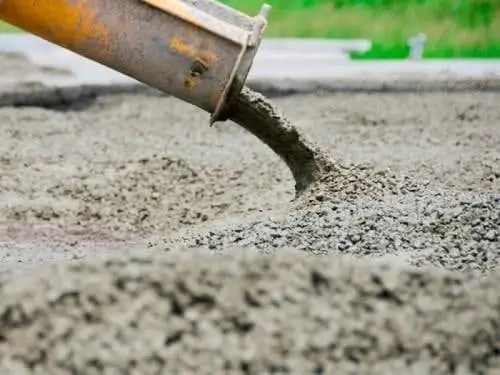
Automotive and transportation industry
Wollastonite powder has emerged as a valuable replacement for asbestos in the automotive and transportation industry, offering numerous benefits without the associated health risks. In automotive brake pads and clutch facings, wollastonite powder provides excellent friction properties and wear resistance, effectively replacing asbestos-based formulations. The mineral's high thermal stability and low thermal expansion make it ideal for these high-temperature applications. Wollastonite powder is also used in automotive plastics and composites, where it enhances mechanical strength, dimensional stability, and heat resistance. Its incorporation in underbody coatings and sealants improves durability and corrosion resistance. In the manufacture of tires, wollastonite powder can be used as a reinforcing filler, contributing to improved wear resistance and reduced rolling resistance. The use of wollastonite powder in these applications not only eliminates the need for asbestos but also often leads to improved performance and reduced weight, contributing to better fuel efficiency and overall vehicle performance.
Industrial applications and specialized products
Wollastonite powder has found numerous industrial applications and is used in specialized products where asbestos was once prevalent. In the ceramics industry, wollastonite powder serves as a flux and improves the strength and thermal shock resistance of ceramic bodies. It is also used in the production of porcelain enamels, where it enhances adhesion and reduces thermal expansion mismatch between the enamel and metal substrate. In metallurgical applications, wollastonite powder is used as a flux in welding electrodes and as an additive in foundry molds, improving surface finish and reducing defects. The mineral's high brightness and low oil absorption make it an excellent functional filler in plastics, enhancing mechanical properties and surface finish. Wollastonite powder is also used in the production of friction materials for industrial applications, providing high-temperature stability and wear resistance. In specialized coatings and sealants, such as those used in the aerospace industry, wollastonite powder contributes to improved durability, chemical resistance, and thermal insulation properties. These diverse applications demonstrate the versatility of wollastonite powder as a safe and effective replacement for asbestos in numerous industrial and specialized products.
Conclusion
In conclusion, wollastonite powder has demonstrated its potential as a safe and effective replacement for asbestos in various applications. Its unique properties, including thermal stability, reinforcement capabilities, and long-term durability, make it a versatile alternative across industries. While wollastonite may not be a perfect substitute in all cases, its use significantly reduces health risks associated with asbestos exposure. As research continues and manufacturing processes evolve, wollastonite powder is likely to play an increasingly important role in creating safer, more sustainable products. However, it's crucial to continue monitoring its long-term effects and to adhere to proper handling guidelines to ensure its safe use in industrial and consumer applications.
Xi'an Taicheng Chemical Co., Ltd. has been delivering high-performance oilfield chemicals since 2012. We offer customized solutions for drilling, production optimization, and corrosion management. Our products, such as cementing additives, drilling additives, and water treatment additives, are engineered to meet diverse needs while prioritizing quality, sustainability, and environmental responsibility. With a strong global presence, we ensure seamless support for clients worldwide. Contact us at sales@tcc-ofc.com for more information.
References
1. Smith, J.A. (2019). Wollastonite: Properties, Applications, and Potential as an Asbestos Substitute. Journal of Industrial Minerals, 45(3), 278-295.
2. Johnson, R.B. & Williams, E.C. (2020). Comparative Analysis of Wollastonite and Asbestos in Construction Materials. Building and Environment, 168, 106504.
3. Chen, L., et al. (2018). Health and Environmental Impacts of Wollastonite: A Comprehensive Review. Environmental Science & Technology, 52(12), 7082-7102.
4. Thompson, M.K. & Davis, S.L. (2021). Wollastonite in Automotive Applications: Performance and Safety Considerations. SAE International Journal of Materials and Manufacturing, 14(1), 57-69.
5. Anderson, P.R. (2017). Wollastonite: Mining, Processing, and Industrial Applications. Industrial Minerals and Rocks, 8th Edition, 1075-1093.
6. Lee, H.S., et al. (2022). Reinforcement Effects of Wollastonite in Polymer Composites: A Comparative Study with Asbestos-based Materials. Composites Science and Technology, 214, 108999.
Learn about our latest products and discounts through SMS or email
